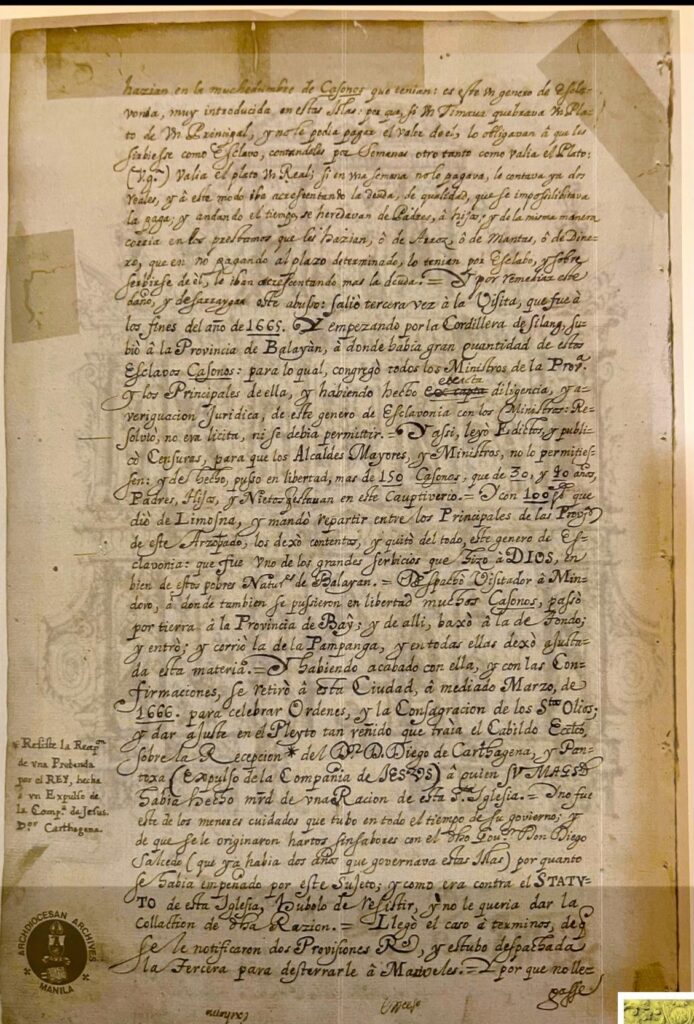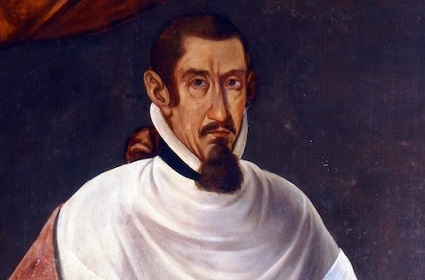When the Spaniards began their conquest of the Philippines in 1565, they found a deeply stratified society. It was a culture centered on status, with a dizzying web of social ranks recognized by law, each with their own corresponding social obligations. At the heart of this society was the practice of slavery.
Filipino slaves were called alipin and distinguished by various subclasses. The institution was endemic in Filipino society. Slaves were exchanged as gifts at Filipino weddings. People were frequently enslaved for debt, as well as punishment for crimes. Barangays (villages) raided rival towns on expeditions called mangangayaw, whose sole purpose was the capture of slaves. Datus—the elite class who ruled the barangays—kept retinues of alipin working in the house and fields. Slave ownership was not the privilege of the wealthy; commoners frequently kept slaves, and even slaves owned slaves. The entire labor system of the archipelago was structured around slavery.
After the Spanish conquest, the Laws of the Indies governing the Americas were extended to the Philippines. Though these laws strictly forbid the practice of slavery, the Spanish authorities were reluctant to abolish the practice, due to the economic disruption it would cause. Furthermore, early Spanish land holdings in the Philippines were organized on the encomienda model, which assigned Filipino natives to specific plots of land as serfs. Spanish landowners found it more convenient to utilize the existing alipin system than to fight against it.
Another problem was that, while Spanish law clearly prohibited Spanish enslavement of Filipinos, it said nothing about domestic slavery—Filipinos enslaving each other under the alipin system. The abolition of domestic slavery came slowly as a result of the gradual Christianization of Filipino society under the guidance of the Church. The Spanish clergy considered working to the end of domestic slavery an integral part of their mission.

A document dating from 1665, preserved in the archives of the Archdiocese of Manila, reveals the lengths the clergy might go to in this pursuit. The document chronicles the travels of Mania Archbishop Miguel de Poblete Casasola (r. 1649-1667). Poblete was a Mexican-born Spaniard who had briefly served as Bishop of Nicaragua before being appointed Archbishop of Manila by Pope Innocent X. Poblete spent the remainder of his life governing the Manila archdiocese. After years of preaching against the domestic slavery, Poblete decided in 1664-65 to make a circuit about his diocese to . The document reports that Poblete began at the Mountain of Silang (Cordillera de Silang) in Cavite, Luzon, and from there traveled about southern Luzon, eventually reaching the Province of Balayan (modern Batangas), a journey of over 75 miles. The chronicle reports that domestic slavery was at that time still being practiced by the local Katagalugans (Tagalogs). Archbishop Poblete investigated the practices of the Tagalogs and harshly suppressed the alipin system wherever he found it.
Poblete’s journey was part of a sustained effort by Church authorities to wean Filipinos off of slavery. Many if the particulars are lost to history, but we know that within three generations of Poblete’s missionary journey, domestic slavery died out in the Philippines. New laws compelled datus to free their retinues of alipin; the exchange of slaves at weddings was forbidden. The mangangayaw raids came to an end. The alipin system had vanished by1750, at least in all areas under direct Spanish control (it would endure much longer in Mindanao).
How many other clergy undertook journeys similar to that of Archbishop Poblete, traversing the fields and cordilleras of the Philippines on foot to bring an end to Filipino slavery? We will never know, but we may presume Poblete’s journey was not unique.
Phillip Campbell, “Archbishop Poblete’s Missionary Journey to Cavite,” Unam Sanctam Catholicam, October 16, 2022. Available online at https://unamsanctamcatholicam.com/archbishop-pobletes-missionary-journey-to-cavite

